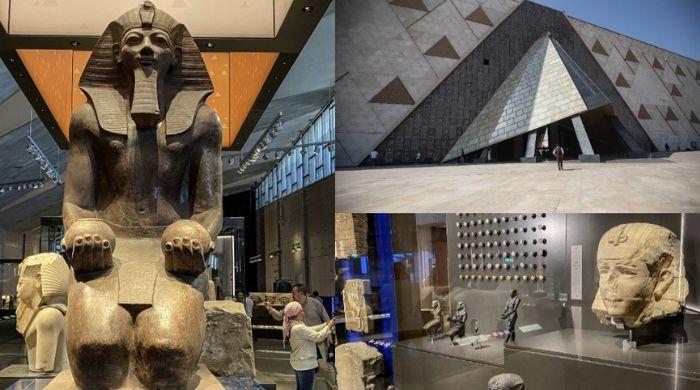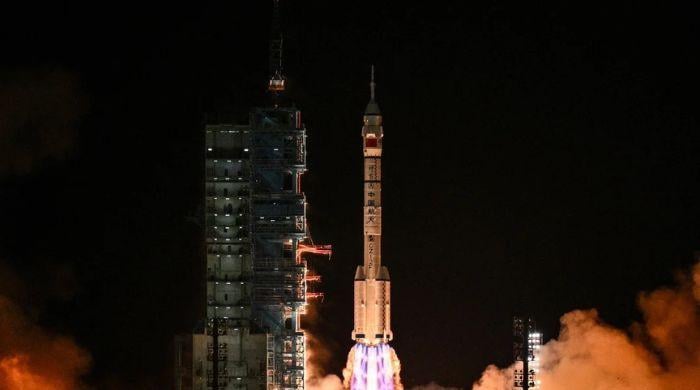Skywatchers to witness 2025's brightest ‘Supermoon' this November
November’s super ‘Beaver Moon’ is the brightest of the year
November 03, 2025
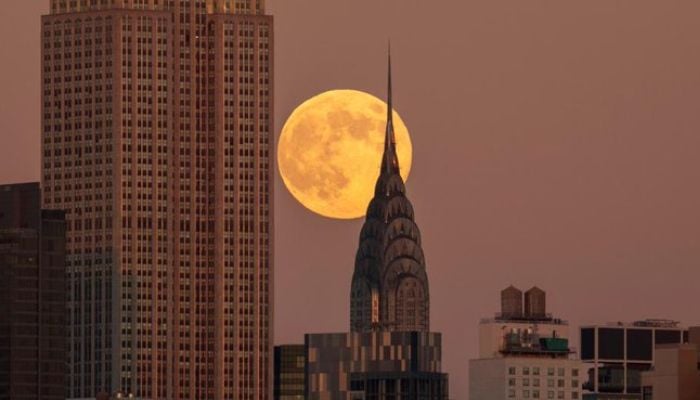
The celestial highlight of the year is approaching the night skies as the brightest and closest Supermoon of 2025, known as “Beaver Moon,” will be visible on Tuesday and Wednesday, November 4-5.
The name “Beaver Moon” is derived from both North American traditions and colonial folklore, historically pointing the time to set beaver traps before the swamps froze.
The term "Beaver" is also used for large semiaquatic broad-tailed rodents who are noted for its habit of gnawing through trees to fell them in order to make dams.
With the Moon reaching the closest point to Earth in its orbit, this lunar event will be marked as the most dramatic of the year.
The aspect worth noting is that on November 5, the Moon will be around 221, 817 miles from the Earth, nearly 2,800 miles closer than October’s Supermoon.
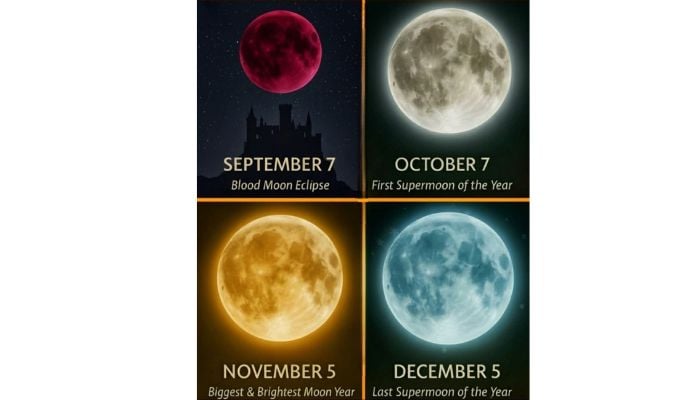
As reported by a National Aeronautics and Space Administration (NASA)’s spokesperson, “This proximity is what makes it so special.”
“While a Supermoon isn’t physically bigger, its closeness can make it appear up to 14% larger and 30% brighter than a full moon at its farthest point.”
The Super Beaver Moon will also share the sky with the ongoing Taurid meteor showers, enticing skywatchers more.
These meteor showers are known for producing bright slow-moving fireballs.
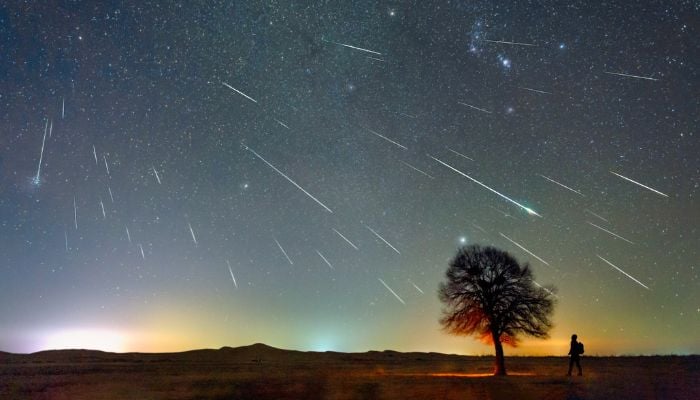
According to the latest Meteor Activity Outlook from meteor expert Robert Lunsford, the first week of November offers reliable, if not spectacular, meteor rates for observers in the Northern Hemisphere.
The main performers are the Southern and Northern Taurid showers, known for producing bright, slow-moving fireballs.
“While no major activity is expected this month, the two Taurid radiants plus the Leonids keep the skies active,” Lunsford reported.
The addition of strong sporadic (random) meteor rates makes November one of the better months for meteor watching from north of the equator.
When is the best time to watch the November Supermoon?
For most of the skywatchers, the most favorable time to watch the Supermoon will be at moonrise on Tuesday, November 4, evening. The phenomenon can be observed again on Wednesday evening, November 5.
The viewers will also be able to observe a phenomenon, known as “Moon illusion” this November as the Moon is low on the horizon.
This illusionary effect makes it appear impossibly large compared to terrestrial objects like trees and buildings.
To get the best view, experts suggest people find a location with a clear view of the eastern horizon around local moonrise time and minimize artificial lights for clearer sight of the remarkable celestial sight.






